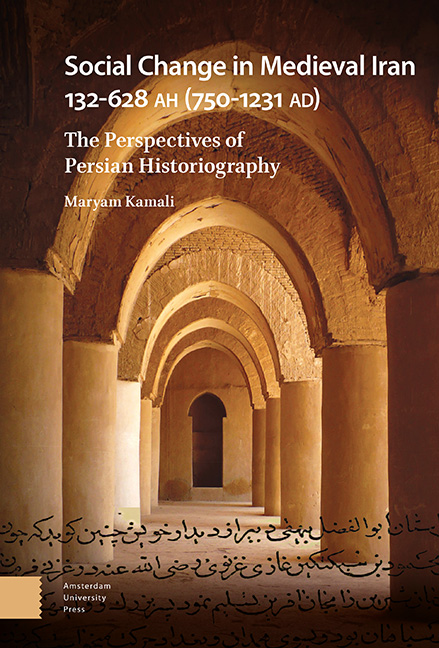Book contents
9 - The Formation of the Ghaznavid Soltānate
Published online by Cambridge University Press: 28 December 2023
Summary
Abstract
The Ghaznavids, relying on widespread expeditions and religious wars until the reign of Soltān Mahmud, created a powerful dynasty. Among these structural resources was to engage in large-scale developmental battles, combine them with ghazva and jihad, and set up a considerable court with educated scholars and thinkers. Attention to scholarly studies, including historiography and the Persian language, were other critical structural resources used by the Ghaznavids. The divisions in the power structure and the removal of key agents, including the military and the bureaucrats, and their replacement by immature and ignorant agents led to the decline of the Ghaznavid dynasty and the establishment of the Saljuq Empire.
Keywords: Ghaznavid dynasty, Soltān Mahmud, Soltān Masʿud
The Ghaznavid Amirs: From Serving the Sāmānid Structure to Their Rise to Power
As pointed out in Chapter 5 on the Sāmānids, the Sāmānids’ attention to the Turkish slaves and their training provided the basis for changing the social class of the Turks from court slaves to powerful amirs. The end of the Sāmānid period was tied to the rise of the Turkish commanders. The Sāmānids tried to seize power by giving power to the Turkish commanders, especially Alptegin and Saboktegin, but, eventually, the same Turkish commanders paved the way for the collapse of the Sāmānid dynasty. Narshakhi writes:
When Amir Hamid died, allegiance was sworn to Amir Rashid, who was ten years old when he ascended the throne. When the news of the death of Amir Hamid arrived in the provinces, everyone coveted a district. The amir sent Ashʿas ibn Mohammad to Khorāsān. He had to fight many times in Harāt and Esfahān. He subdued the provinces and was engaged in that and fighting battles when Amir Rashid fell from his horse and died the same night. That night was Wednesday; eight days of the month of Shawwāl had passed of the year 350 AH [20 November 961 AD].
Instead of naming Turkish commanders, the historian states that “allegiance was sworn to the amir.” This shows that the action of the commanders to replace the Sāmānid amirs with a new amir was common at the time of the historian.
- Type
- Chapter
- Information
- Social Change in Medieval Iran 132-628 AH (750-1231 AD)The Perspectives of Persian Historiography, pp. 175 - 208Publisher: Amsterdam University PressPrint publication year: 2023



